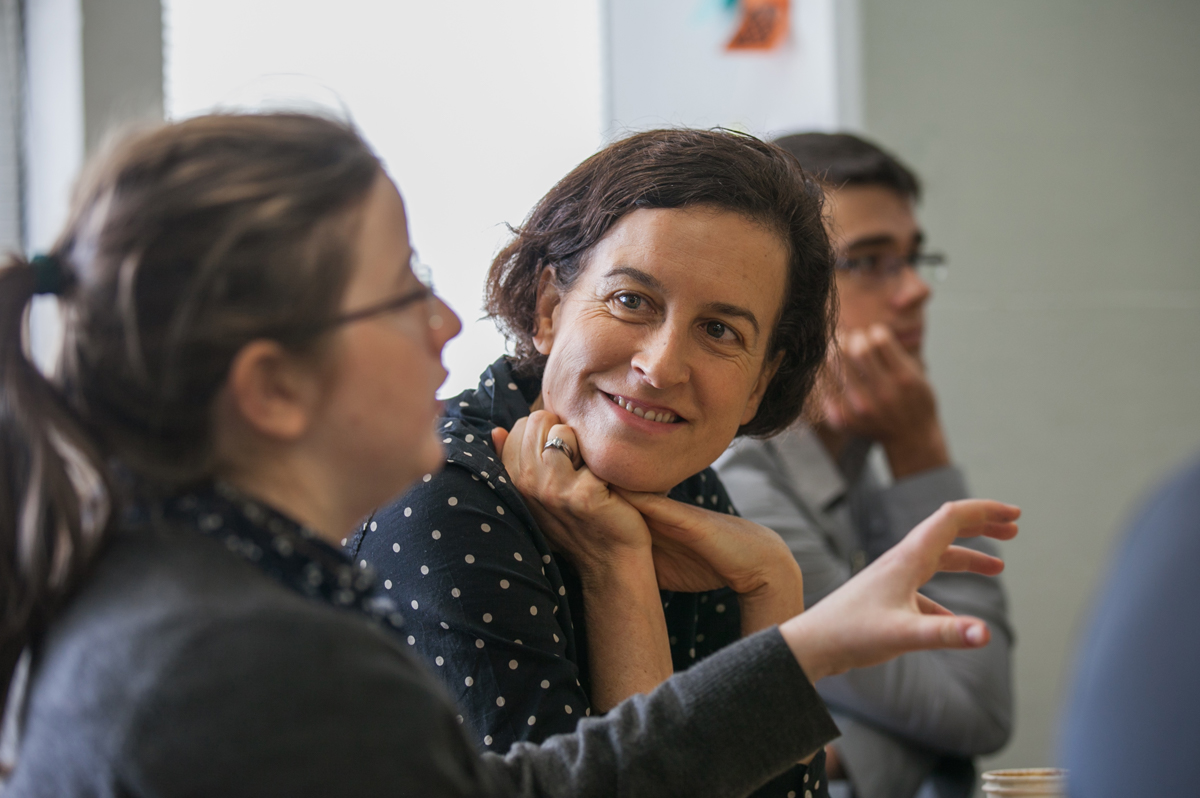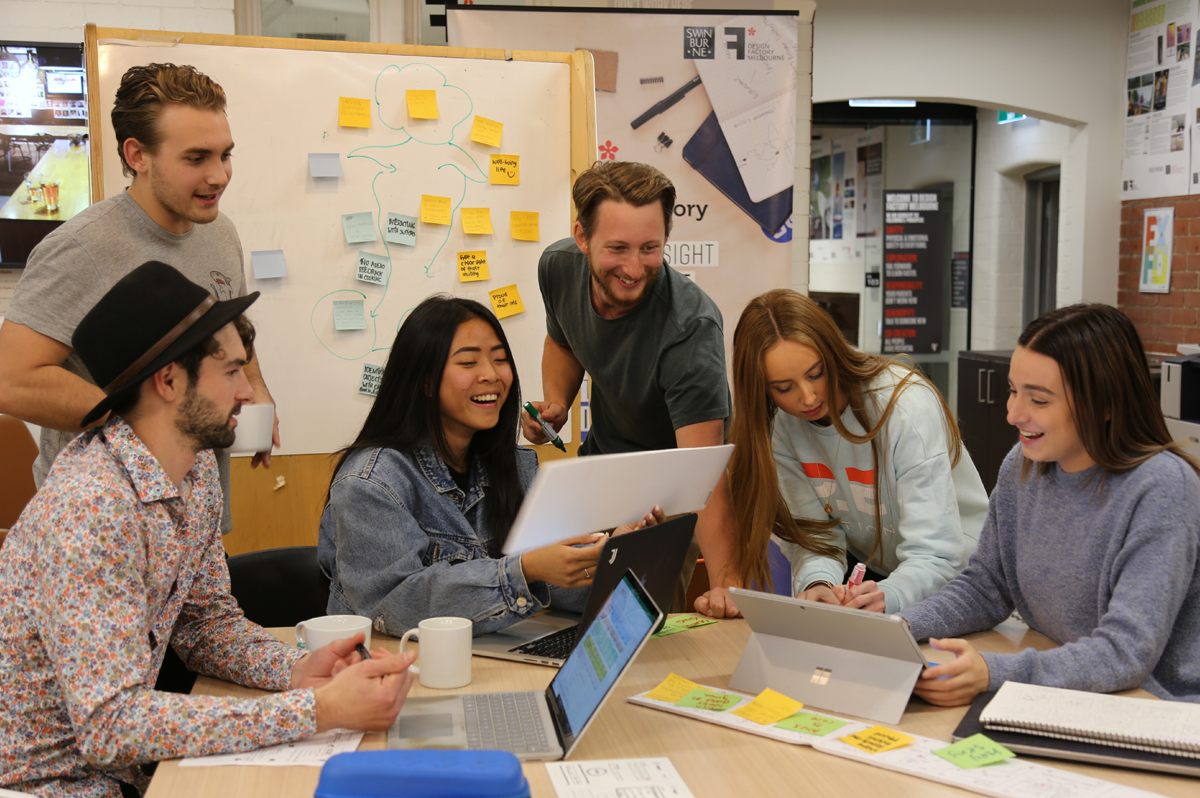People & Activities
DFGN chats to DFM Director, Anita Kocsis

Marthe Dehli, Design Factory Global Network
7 July 2020
Design Factory Global Network’s Marthe Dehli sat down with DFM’s Director, Anita Kocsis to give others a window into DFM, our space, our students and our hopes for the future.
This article is part of DFGN’s interview series to get to know other design factories around the world through the eyes of its people!
?? Anita Kocsis, Director
?Melbourne, Australia
? Swinburne University of Technology
Can you describe your design factory in three words? Local, global, boundary riders
Who are your students? We are a part of Swinburne’s Innovation Precinct and lead a number of student programs from undergraduate all through to PhDs, so provide students from all across the university with an innovation experience. Typically this means our space is filled with students from design, entrepreneurship, business, and health. Occupational therapy students are one of the largest cohorts working together with designers. We have recently designed a new Master’s of Design program which will launch next year – embracing new innovative ways of learning and collaborating with industry – so that’s exciting!

What does a typical day look like in DFM? On a typical day in Design Factory Melbourne, you walk through the doors and you see a sign that tells you when the coffee was brewed. You see someone making something delicious or stinky in the kitchen, and then to the right there is the studio where some team is doing something awesome together. That’s the first layer of activity, what I would call the swan. Underneath all of that are the legs of our team, furiously kicking and creating energy. There is a lot of work, a lot of collaboration, and a lot of planning that goes into our team-based activities to get stuff done.
What kind of projects do your students work on? Everything! I am always amazed by the range of challenges our student teams tackle. But the common thread is trying to solve something for someone – whatever the context! In the past, students have worked on new products, systems, service offerings together with banks, government, big science, startups, retail, healthcare, hospitality, food… you name it! We’ve seen teams reimagine the future of snack food, create smart buildings, new water experiences, and much more. Recently, we’ve championed TOM@University together with people living with disabilities to bring occupational therapy, design and engineering students together to solve challenges and strive for inclusive design solutions. We love our global friends in SUGAR/ME310, CBI [Challenge Based Innovation], and PDP [Product Development Project] programs. Our CBI initiative, CBI A³, students tackle UN sustainable development goals, and explore future solutions with CERN tech.

What is your favourite design factory memory? Ah, I have many. If I add them all up like a series of quick moments in time and turn them into a movie, the consistent thing is about the collective happy place, the collective energy. So for me, it’s more of a feeling rather than a thing.
“I see us as a resource or some sort of evidence that the passion to collaborate sometimes in itself is more useful than what we collaborate on.”
Where do you see your design factory in five years? I would like to see it as an experimental lab that functions as the engine room where it is okay to work in the boundaries. Where it’s okay to work across any discipline with the aim to produce meaningful solutions, where students are the ones who are the smartest people in the room. Researchers and partners still have to be there, but I would like to see an opportunity where leadership is more acknowledged around the student engine.
What is your dream for the DFGN? My dream for the Design Factory Global Network is that we provide a look-in for others, whether they’re startups, whether they’re corporations, whether they’re universities, that we provide a lens for how to, and that we are transparent enough to demonstrate that we don’t really know how to at all times. But we are a brand that provides methods and embraces opportunities for other organizations. I see us as a resource or some sort of evidence that the passion to collaborate sometimes in itself is more useful than what we collaborate on.
Explore the rest of Design Factories across the globe in DFGN’s interview series on LinkedIn.

